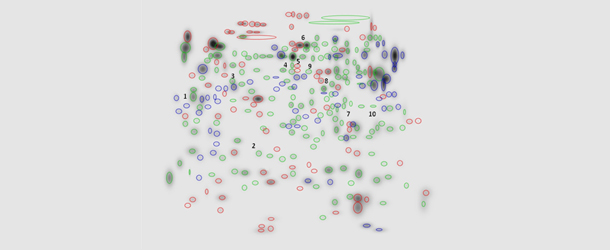New publication on Proteomics of Ixodes ricinus
- 10, 30, 2015
- Category News
The group published the manuscript ‘Ixodes ricinus and Its Endosymbiont Midichloria mitochondrii: A Comparative Proteomic Analysis of Salivary Glands and Ovaries’on PLOS ONE. The work was conducted in collaboration with University of Milano, and INRA in Nantes.
Hard ticks are hematophagous arthropods that act as vectors of numerous pathogenic microorganisms of high relevance in human and veterinary medicine. Ixodes ricinus is one of the most important tick species in Europe, due to its role of vector of pathogenic bacteria such as Borrelia burgdorferi and Anaplasma phagocytophilum, of viruses such as tick borne encephalitis virus and of protozoans as Babesia spp. In addition to these pathogens, I. ricinus harbors a symbiotic bacterium, Midichloria mitochondrii. This is the dominant bacteria associated to I. ricinus, but its biological role is not yet understood. Most M. mitochondrii symbionts are localized in the tick ovaries, and they are transmitted to the progeny. M. mitochondrii bacteria have however also been detected in the salivary glands and saliva of I. ricinus, as well as in the blood of vertebrate hosts of the tick, prompting the hypothesis of an infectious role of this bacterium. To investigate, from a proteomic point of view, the tick I. ricinus and its symbiont, we generated the protein profile of the ovary tissue (OT) and of salivary glands (SG) of adult females of this tick species. To compare the OT and SG profiles, 2-DE profiling followed by LC-MS/MS protein identification were performed. We detected 21 spots showing significant differences in the relative abundance between the OT and SG, ten of which showed 4- to 18-fold increase/decrease in density. This work allowed to establish a method to characterize the proteome of I. ricinus, and to detect multiple proteins that exhibit a differential expression profile in OT and SG. Additionally, we were able to use an immunoproteomic approach to detect a protein from the symbiont. Finally, the method here developed will pave the way for future studies on the proteomics of I. ricinus, with the goals of better understanding the biology of this vector and of its symbiont M. mitochondrii.

